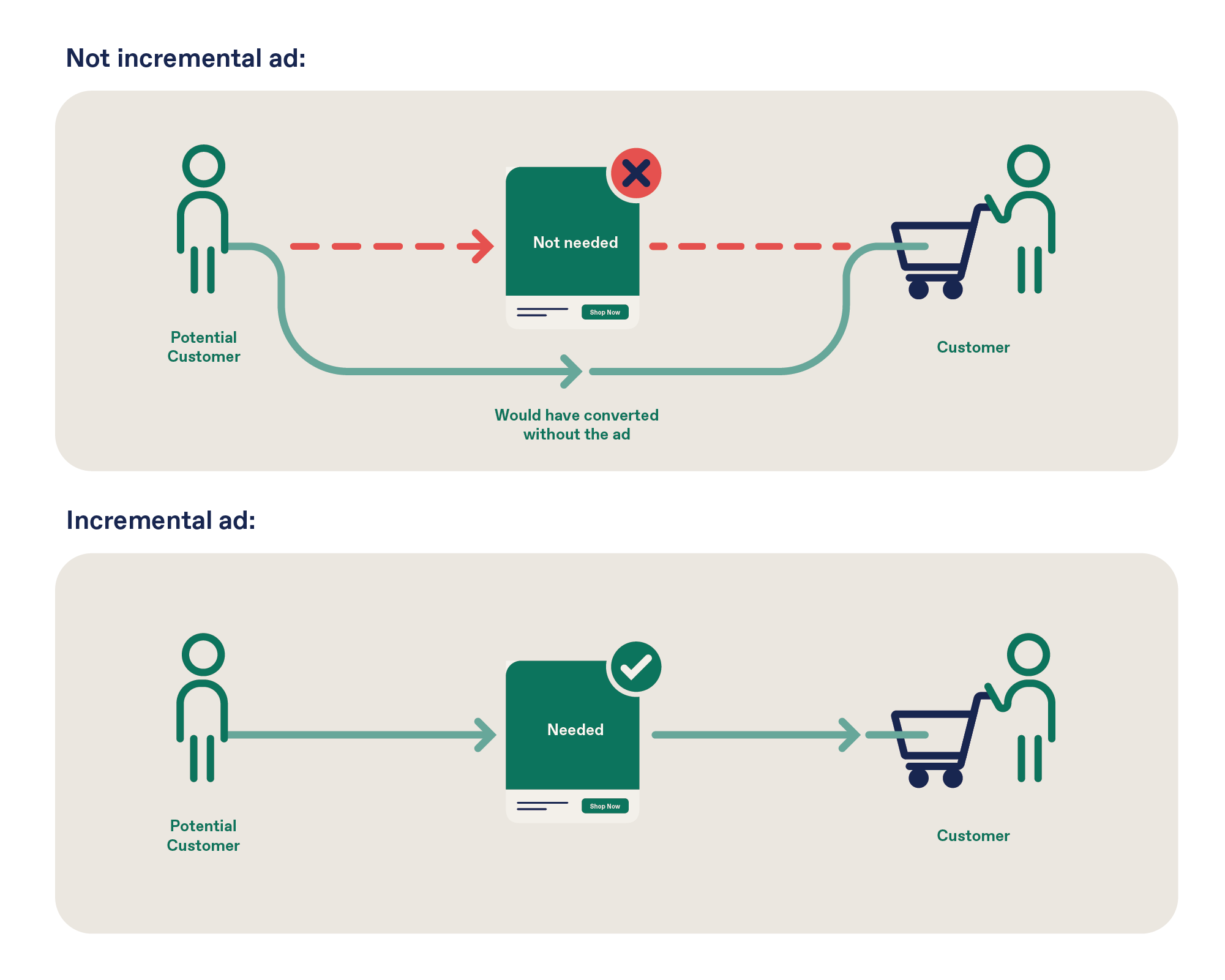Marketing and Branding Consistency: Essential Elements for Business Success
The foundation of brand consistency
Marketing and brand consistency serve as the backbone of successful business communication. Companies that maintain uniform messaging, visual identity, and customer experience across all touchpoints build stronger recognition and trust with their audiences.
Brand consistency mean present your company’s identity in the same way across every platform, interaction, and marketing material. This unified approach create a cohesive experience that customers can recognize and rely upon, disregarding of where they encounter your brand.
Visual identity standards
Visual consistency form the virtually instantly recognizable aspect of brand identity. Your logo, color palette, typography, and imagery style should remain uniform across all marketing materials, from business cards to billboards.
Establish comprehensive brand guidelines ensure that every team member understand how to represent your visual identity right. These guidelines should specify exact color codes, approve fonts, logo usage rules, and image style preferences.
Professional designers recommend create a brand style guide that include examples of correct and incorrect usage. This document become invaluable when work with external vendors, new employees, or multiple departments that create marketing materials.
Logo usage and protection
Your logo represent the visual cornerstone of your brand identity. Consistent logo application require specific guidelines about size, placement, color variations, and surround white space.
Many successful brands create multiple logo versions for different applications while maintain core design elements. These variations might include horizontal and vertical layouts, monochrome versions, and simplify versions for small scale use.
Messaging and voice consistency
Your brand voice encompasses the personality, tone, and style of all write and speak communications. Whether formal and professional or casual and friendly, this voice should remain consistent across every customer touchpoint.
Develop a clear brand voice involve define your company’s personality traits, communication style, and key message themes. This consistency help customers understand what your brand represent and what they can expect from interactions with your company.
Content creators should understand not simply what to say, but how to say it in a way that align with your establish brand voice. This includes everything from social media posts to customer service responses and marketing campaigns.
Key messaging framework
Consistent messaging require a clear framework that outline your core value propositions, unique selling points, and brand promises. This framework ensures that all marketing communications reinforce the same fundamental messages about your company.
Your message framework should include primary and secondary messages, along with support evidence and examples. This structure help maintain consistency while allow flexibility in how messages are present across different channels and audiences.
Cross channel integration
Modern consumers interact with brands across multiple channels, from social media and websites to physical stores and customer service calls. Maintain consistency across all these touchpoints require careful coordination and planning.
Each channel should reinforce your brand identity while adapt to the specific requirements and expectations of that platform. Social media might allow for more casual interaction, while formal business communications require a more professional approach, yet both should intelligibly represent the same brand.
Successful cross channel integration involve map the customer journey and identify every point where customers encounter your brand. Each touchpoint should contribute to a cohesive overall experience that reinforce your brand identity and values.
Digital platform consistency
Digital platforms offer numerous opportunities for brand expression, from website design and social media profiles to email marketing and online advertising. Maintain visual and message consistency across these platforms strengthen brand recognition and credibility.
Your website serve as your digital headquarters and should exemplify your brand standards. Social media profiles should use consistent profile images, cover photos, and bio information that align with your overall brand identity.
Customer experience alignment
Brand consistency extend beyond visual and message elements to encompass the entire customer experience. Every interaction should reflect your brand values and personality, from the initial awareness stage through post purchase support.
Customer service representatives should understand and embody your brand voice in their interactions. Product packaging, delivery experiences, and follow-up communications all contribute to the overall brand impression.

Source: realclicks.com.au
Training programs should emphasize how each team member contribute to brand consistency through their daily interactions with customers, partners, and other stakeholders.
Internal brand alignment
Employees serve as brand ambassadors whether they realize it or not. Internal brand alignment ensure that everyone in your organization understand and can articulate your brand values, mission, and key messages.
Regular training sessions, internal communications, and brand awareness initiatives help maintain this alignment. When employees understand and believe in your brand, they course communicate it more efficaciously to external audiences.
Quality control and brand governance
Maintain brand consistency require ongoing oversight and quality control measures. Establish clear approval processes for marketing materials help prevent inconsistent brand representation before it reach your audience.
Brand governance involve create systems and processes that maintain standards while allow for creativity and adaptation. This might include approval workflows, regular brand audits, and feedback mechanisms that identify inconsistencies.
Many organizations designate brand guardians or champions who help maintain standards across different departments and initiatives. These individuals serve as resources for brand relate questions and help ensure consistent application of brand guidelines.
Monitoring and measurement
Regular monitoring help identify where brand consistency might be break down and provide opportunities for improvement. This includes review marketing materials, customer feedback, and brand perception studies.
Brand tracking surveys can measure how systematically your audience perceive your brand across different touchpoints. This data helps identify areas where consistency might be lack and guide improvement efforts.
Adaptability within consistency
While consistency is crucial, successful brands besides demonstrate the ability to adapt their expression while maintain core identity elements. This flexibility allows brands to stay relevant and engage without sacrifice recognition.

Source: intentionally designed.com
Seasonal campaigns, special promotions, and new product launches can incorporate fresh creative elements while adhere to fundamental brand guidelines. The key lie in maintain recognizable brand DNA while allow for creative expression.
Brand evolution should be intentional and strategic instead than accidental or inconsistent. When brands need to update their identity or messaging, these changes should be implemented consistently across all touchpoints.
Crisis communication consistency
During challenge times, maintain brand consistency become regular more critical. Crisis communications should align with your establish brand voice and values while address specific concerns befittingly.
Having predetermine crisis communication guidelines help ensure that urgent responses calm reflect your brand identity. This preparation prevent inconsistent message during stressful situations when quick responses are necessary.
Technology and automation support
Modern technology offer tools that help maintain brand consistency across large organizations and multiple channels. Digital asset management systems ensure that teams use current, approve brand materials.
Automation tools can help maintain consistent messaging timing, formatting, and distribution across various marketing channels. These systems reduce the likelihood of human error while support brand standards.
Template systems for common marketing materials help maintain visual consistency while allow customization for specific needs. These tools empower team members to create brand compliant materials without require design expertise.
Long term brand building
Consistent marketing and brand efforts compound over time, build stronger recognition and customer loyalty. Brands that maintain consistency over years develop deeper emotional connections with their audiences.
This long term approach require patience and commitment, as the benefits of consistency frequently become apparent gradually sooner than instantly. Nonetheless, the cumulative effect of consistent brand presentation create significant competitive advantages.
Brand consistency to support premium positioning and pricing strategies. Customers are oftentimes willing to pay more for brands they perceive as reliable, professional, and trustworthy – qualities that consistency help communicate.
The investment in maintain brand consistency pay dividends through increase customer retention, word of mouth referrals, and overall brand equity. Companies that prioritize consistency oftentimes find that their marketing efforts become more effective and efficient over time, as consistent message reinforces previous communications and builds upon establish brand recognition.



